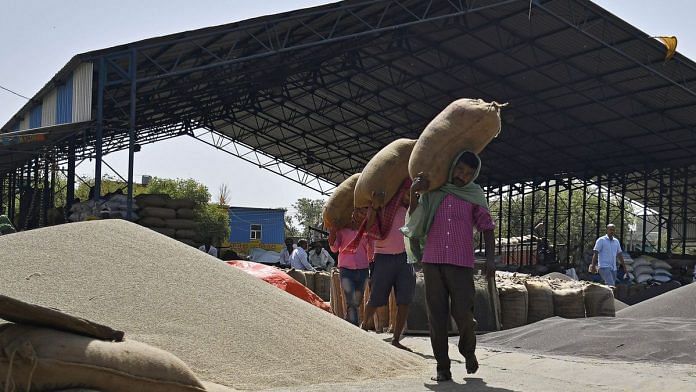There are 40 million people in slavery today. SDG 8.7 is a commitment to end modern slavery, with the ambition to reduce that number by 10,000 people every day. James Cockayne, Director, Centre for Policy Research, United Nations University, is confident that we are “nowhere near” that target.
The reasons for this systemic and enduring failure are the result of the “mispricing” of labour, where true social costs are not quantified. Worse still, companies are rewarded for driving down their labour costs. It is a market failure of massive proportions, present in just about every country on earth, generating an estimated $150 billion of profit globally and is the third-largest global crime, after drug trafficking and counterfeit goods smuggling. Forced migration and natural disasters increase the risks of human exploitation, so the looming spectre of climate change puts the spotlight on this issue.
The price of modern slavery
Modern slavery is at the heart of efforts to transform markets and to create a cohesive and sustainable world. As Cockayne says, “We must price modern slavery risk into our market practices.”
Like so many global challenges, the success of any response relies on data: Where are the world’s modern slaves, which global supply chains are they a part of and how can we predict increased risks for human exploitation?
The University of Nottingham, UK has applied artificial intelligence to satellite imaging to map forced labour patterns and predictions. An example is mapping brick kilns in South Asia, which have proven in the past to be hotspots for forced labour and debt bondage. This analysis is one example of innovation included in the presentation on Modern Slavery developed by United Nations University and Carnegie Mellon University at the Annual Meeting 2020 in Davos.
The technology is visually arresting. It can highlight the nuances of modern slavery – showing regional patterns, involuntary work for adults versus children, and even industry-specific statistics. There is further work to be done, however, to develop a more granular picture of localized differences, showing more variation within countries and regions. The Organisation for Economic Co-operation and Development also recently published a report tracking a sector-by-sector evaluation, which charts whether foreign or local supply chains are driving the slave trade. Certain industries – construction, fishing and the palm sector – tend to generate labour rights violations. Conditions for workers in these sectors can be isolated and/or dangerous.
Using the data to take action
Armed with this data, there are powerful examples of successful action against modern slavery. These tend to take shape as trade embargoes, such as restrictions on access to European markets for a group of the 25 worst-offending countries. Similarly, US Customs can impound goods for import that have an illegal supply-chain history. In the last few months alone, there have been 17 such cases. Another case involved the Norwegian Sovereign Wealth Fund divesting in 33 palm oil companies discovered to rely on illegal labour supply chains. The knock-on effects were profound. A number of leading US banks followed suit. When Australian financial services company, Westpac, was linked to financing child trafficking, top jobs were lost and the bank was hard hit.
Multilateral action is also gaining momentum. Two years ago, 85 countries endorsed a collective pledge to work with companies that are transparent about supply-chain risk – a pledge backed by the G20. The EU is moving towards the adoption of mandatory human rights practices. The Liechtenstein Initiative is a collective-action framework that seeks to use finance as a lever to address the market failure of modern slavery.
These examples provide some hope that the 10,000 people-a-day target is achievable, but ultimately the technology needs more development, more investment and a holistic approach at a policy level, where survivors are at the heart of efforts to reduce risk. An approach that is limited to trade embargoes risks shifting the burden as companies go out of business and labourers become even more vulnerable. The key, then, is to ensure that importers act responsibly so that ethical and legal supply chains become the norm and slavery is no longer “modern”.
This article was originally published in the World Economic Forum.
Also read: Sundar Pichai thinks AI will be a more profound change than fire






